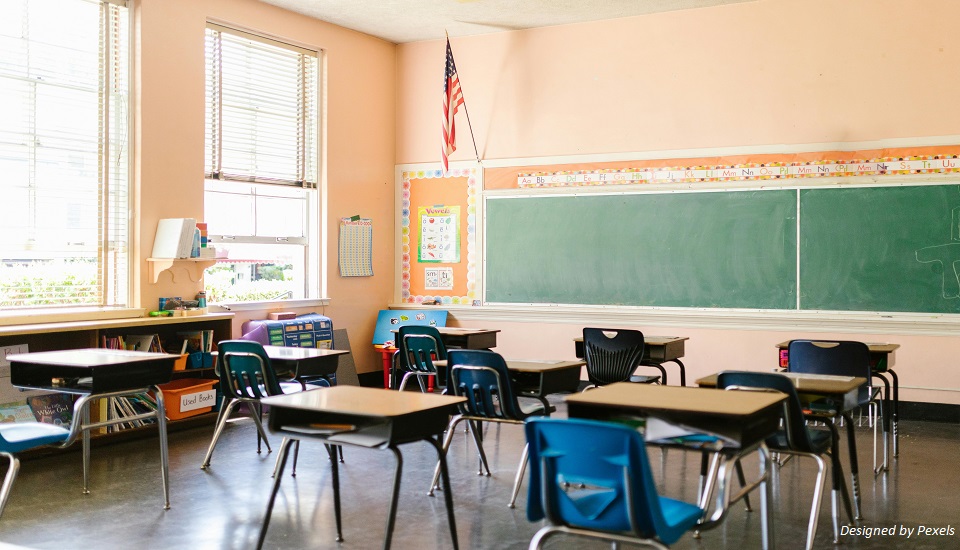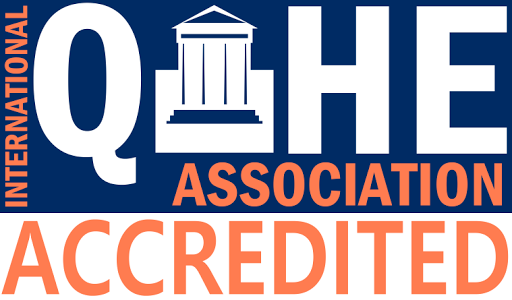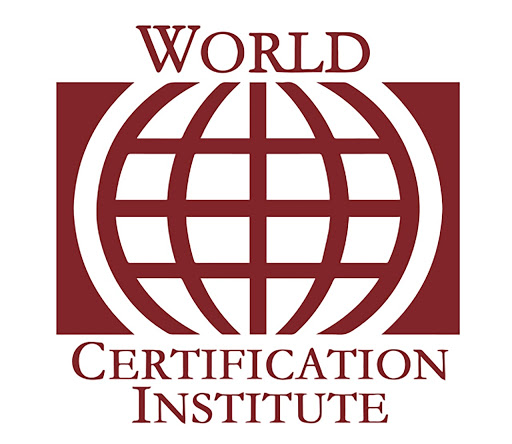Students and global educators thrive in an orderly, clean, and safe environment. Space management in schools shows the positive effect comfort can have on learning, human productivity and creativity.
Room for space:
Classrooms that are well ventilated, suitably lighted, and properly maintained facilitate learning. Appropriate space facilities maintenance extends the lifespan of older facilities and maximizes the useful life of newer facilities. Having rooms and learning spaces in good conditions is decisive for students to achieve the expected academic results.
Space management strategies:
School leaders with a leadership development program for teachers work upon strategies to design good school infrastructure, with renewed spaces, making it possible for children and youths to improve the attendance and interest of students and teachers in learning.
An effective school facilitates free growth by providing the following spaces:
- Development of libraries and natural science practice places, information technology, physics and chemistry laboratories.
- Spaces for the development of talents and entertainment, sports and culture.
- Space for walking while teaching, enabling students to have free space to move as they read something or engage in an activity.
The following materials and tools are used by global educators trained in Diploma in Education Administration and Management to generate more dynamic spaces in schools.
- Movable flip tables - These are tables with adjustable tops that transform into whiteboards. The beauty of flip tables is that students can write on them and easily move them out of the way if open space is called for. With your learners, you can now flip up and move the tables to create more space for our activities
- Comfortable chairs - When you are at home reading a book or magazine, do you sit in a straight-back chair pushed up against a table or desk, or do you prefer to sit on the couch or in a soft chair?
At school, there are many solo and group activities that lend themselves to soft seating or spreading out on the floor. The most basic comfort-related amenity is soft seating, and there is no longer any justification for the hard chairs on which students have to sit several hours each day.
- Stand-up desks and flexible writeable tools - As schools become more collaborative, students and teachers spend more time brainstorming and walking around from group to group. Use shelving to create makeshift stand-up laptop space. Transform surface areas, including walls and tables, into idea boards using chalkboard paint.
- Create storage space. Plenty of space is key to an inviting learning environment. As more technology enters the classroom, incorporate more places to stash devices, cords, printers and the like to keep surface areas free of clutter.









